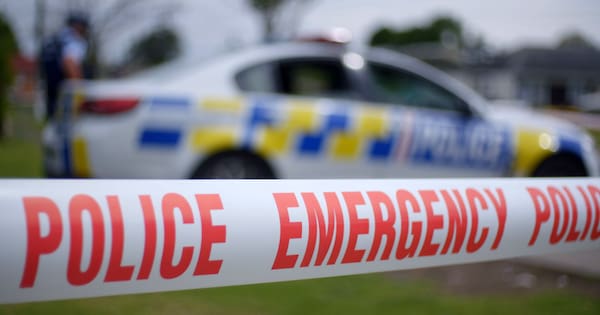Health experts say increased capacity has to be met with safe staffing, after the Government announced 140 additional beds at hospitals across the country yesterday.
Health Minister Simeon Brown said four new hospital wards would open next year at Middlemore, Waikato, Wellington and Nelson hospitals.
They would open at the same time as a new ward at Hawke’s Bay Hospital, announced in February.
The minister said there would be enough staff for the new wards, but one doctor warned that understaffing posed a clear and present danger.
The morning’s headlines in 90 seconds, including a stabbing attack in the UK is not a terror incident, Silver Ferns coach Dame Noeline Taurua speaks for the first time since her stand down, and the King takes one more thing from his disgraced brother (Source: 1News)
A fast solution to hospital capacity issues.
The Government was utilising what it called “rapid-build” wards – essentially pre-fabricated buildings, constructed off-site before being installed on hospital grounds.
Health Minister Simeon Brown said the announcement would also mean an extra 350 staff.
“The operational funding has been approved, and that funding will mean that the additional nursing and medical staff for these wards will be able to be recruited and that recruitment will get underway so as soon they become operational, those staff will be in place,” Brown said.
Health NZ review finds concerns about workforce shortages, aging infrastructure, and uneven access to diagnostics and urgent care. (Source: 1News)
Association of Salaried Medical Specialists executive director Sarah Dalton said extra capacity in those hospitals across the country was sorely needed.
“All of those hospitals have had a signalled need for increases for some time now, I guess one of the things that could be seen as a concern is how far away these interim beds are,” she said.
Dalton added that hospitals were under significant pressure.
“I’m thinking particularly about Hawke’s Bay and Nelson hospitals where there have been discussions rolling around about urgent need for extra capacity for quite some time know,” she said.
“To know that it’s a year away potentially still, I’m sure will be a concern.”
Northland Emergency doctor Gary Payinda thought the move was a good first step.
“It’s got to come in as a plan to address New Zealand’s total health needs, in the next foreseeable future,” Payinda said.
“It’s good, it’s a first step, and more will need to be done.”
But increased capacity needed to be met with safe staffing, he said.
“A bed doesn’t take care of a patient, a nurse does, and so we just need to ensure that the nurses are properly staffed to be able to cover these new beds,” Payinda said.
New Zealand Nurses Organisation Kaiwhakahaere Kerri Nuku echoed that.

“If we want to address the issues that are currently affecting everyday New Zealanders right now, then we would look to having an aggressive recruitment process that will bridge the gap, and look to introduce nurse-to-patient ratios,” she said.
“That ensures that we have the right amount of staff delivering the right care to patients and the patients experience a quality service.”
She added that the extra beds would close if there were not enough health workers to look after them.
Meanwhile, the opposition said the new wards went a small way to filling a 500 bed deficit nationwide.

Labour’s health spokesperson Ayesha Verrall said hospitals needed to be built for purpose.
“Ultimately, the Government should build hospitals that are designed to last,” she said.
“They are a once-in-a-generation project and should last that long, rather than having to put prefabricated buildings on the site when we discover our hospitals are too small.”
The new wards were expected to open in the second half of 2026.
rnz.co.nz













